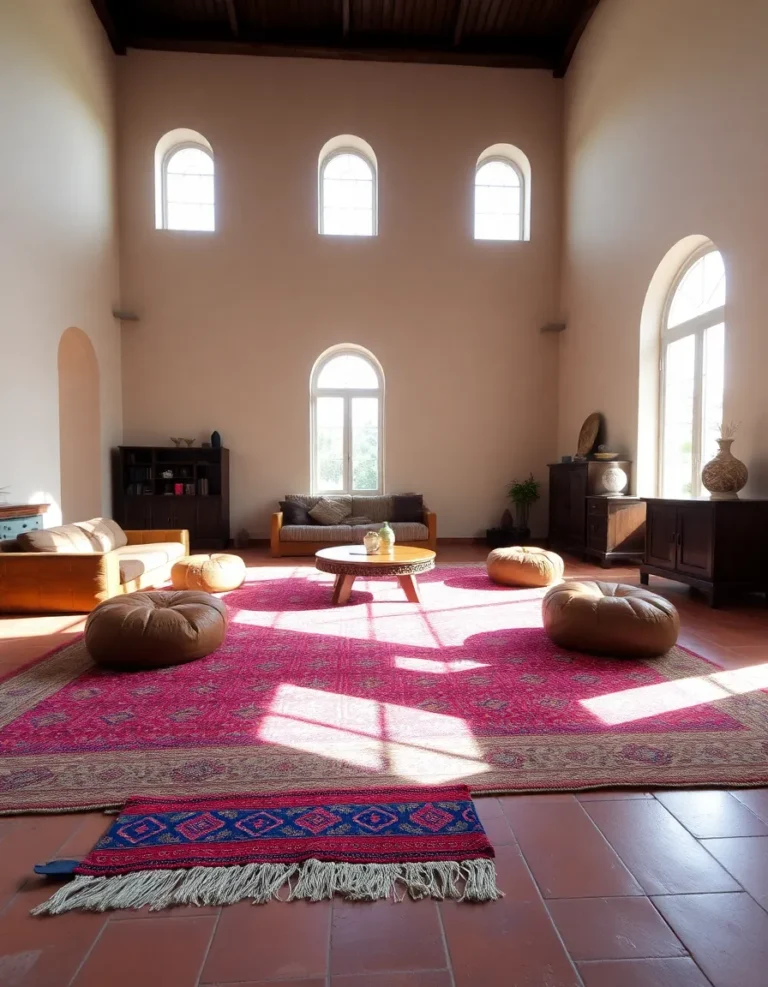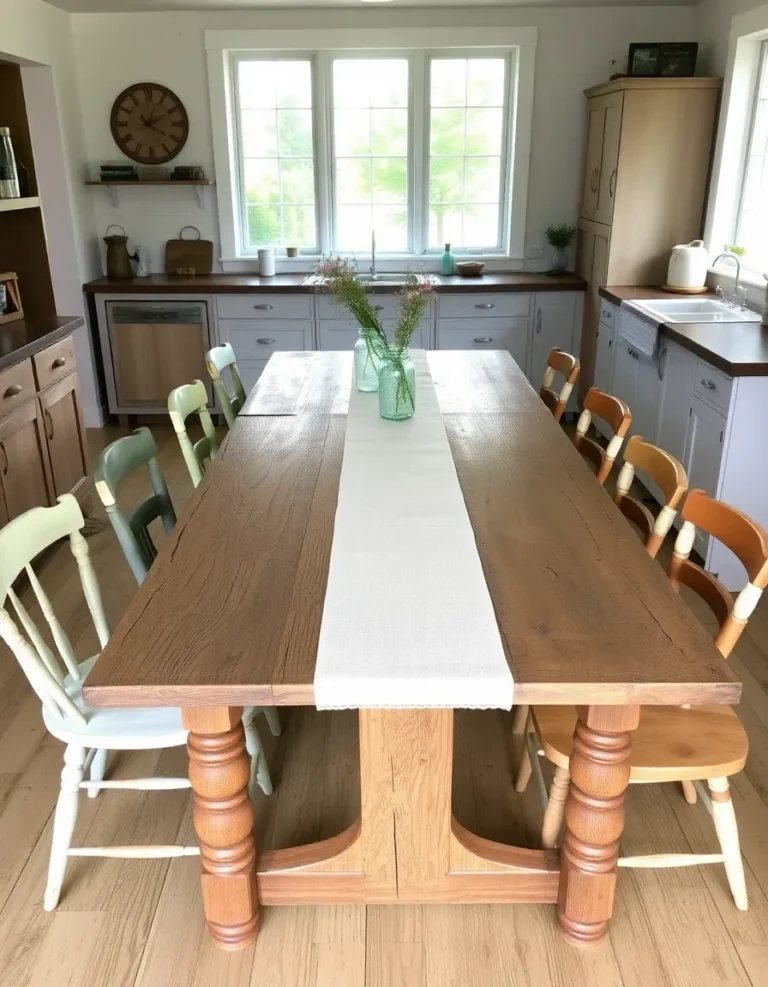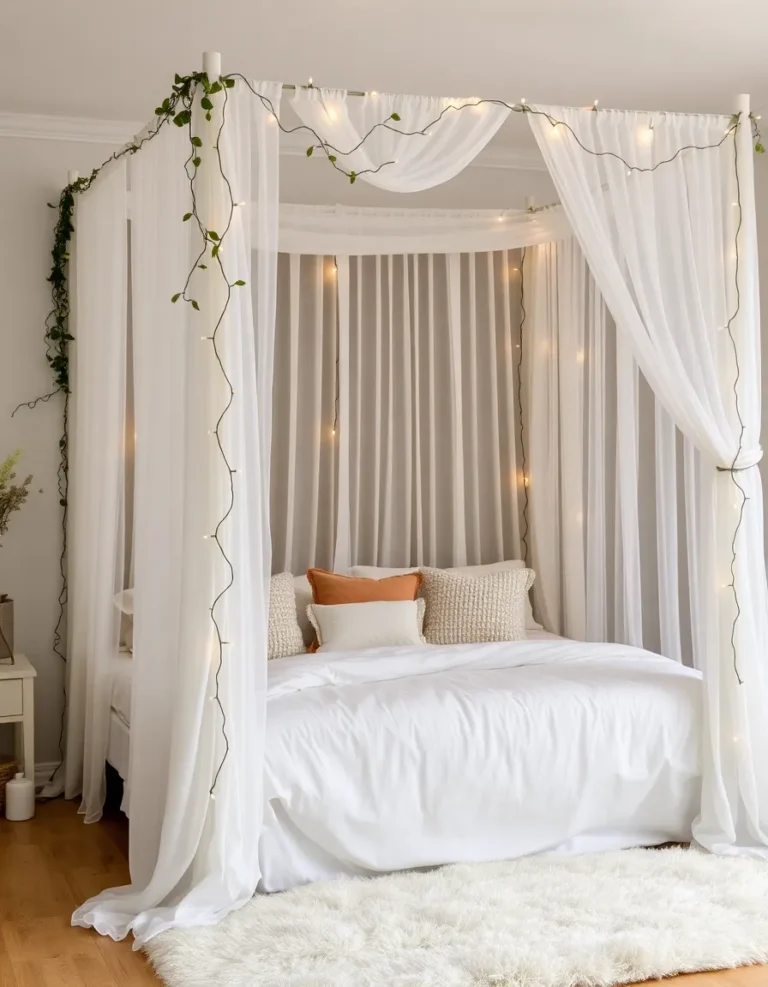13 Small Sleeping Room Design Ideas for Comfort and Space-Saving
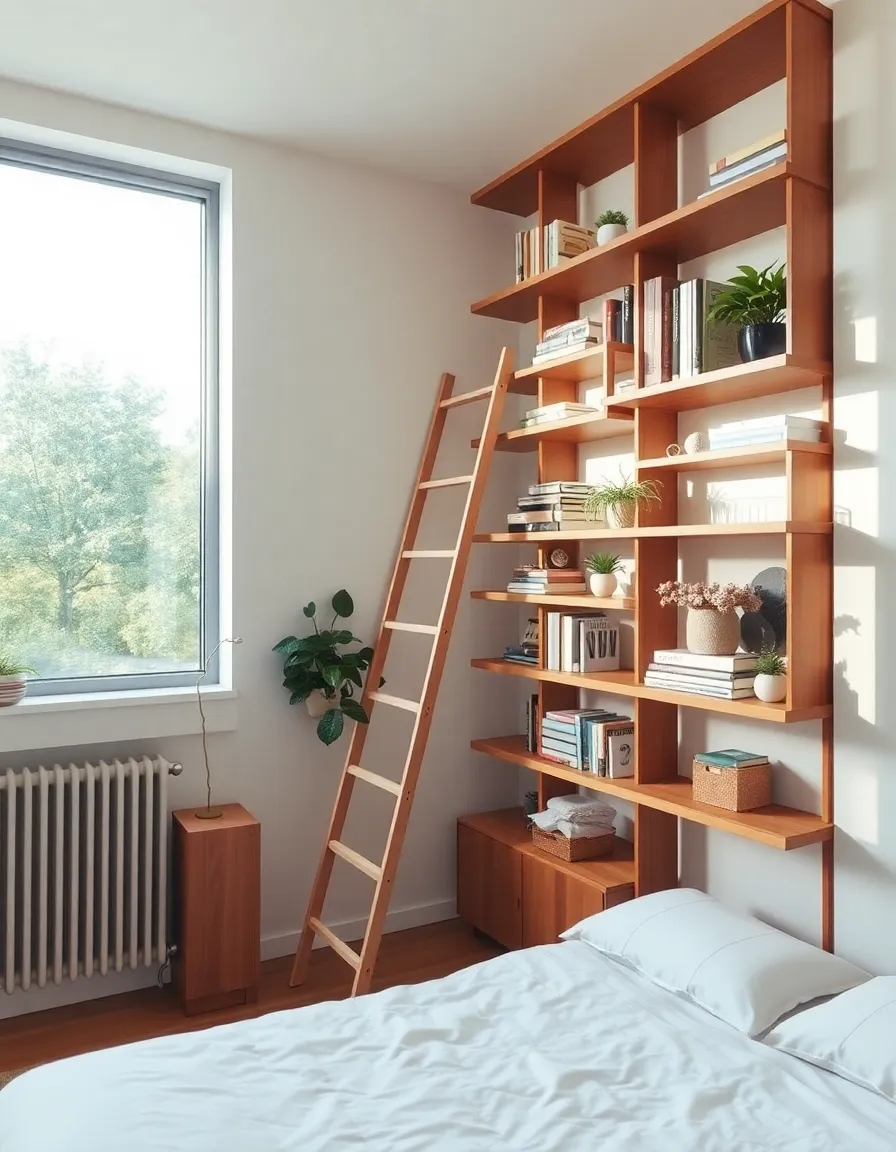
Let’s be real—small sleeping rooms can feel like a puzzle you’re never quite able to solve. You want comfort, style, and functionality, but the square footage just laughs in your face. Sound familiar? Well, good news: I’ve spent way too much time obsessing over small-space hacks (and making plenty of mistakes along the way) so you don’t have to. Whether you’re in a tiny apartment, a dorm, or just a cozy bedroom that’s begging for a makeover, these 13 design ideas will help you maximize every inch without sacrificing your sanity—or your style.
Think about it: Why should a small room mean cramped living? Spoiler alert—it doesn’t. With the right tricks, you can turn even the tiniest sleeping space into a retreat that feels open, airy, and totally *you*. Ready to ditch the clutter and embrace smart design? Let’s dive in.
1. Go Vertical with Storage
When floor space is scarce, the only direction left is up. Vertical storage is a game-changer for small sleeping rooms. Think floating shelves, tall bookcases, or even wall-mounted cubbies. Not only do they keep your essentials within reach, but they also draw the eye upward, making the room feel taller.
I once crammed a tiny bedroom with floor-based storage, and let’s just say it looked like a Tetris game gone wrong. Lesson learned: **use your walls**. A sleek ladder shelf or a pegboard above your desk can hold everything from books to decor without eating into your precious floor real estate.
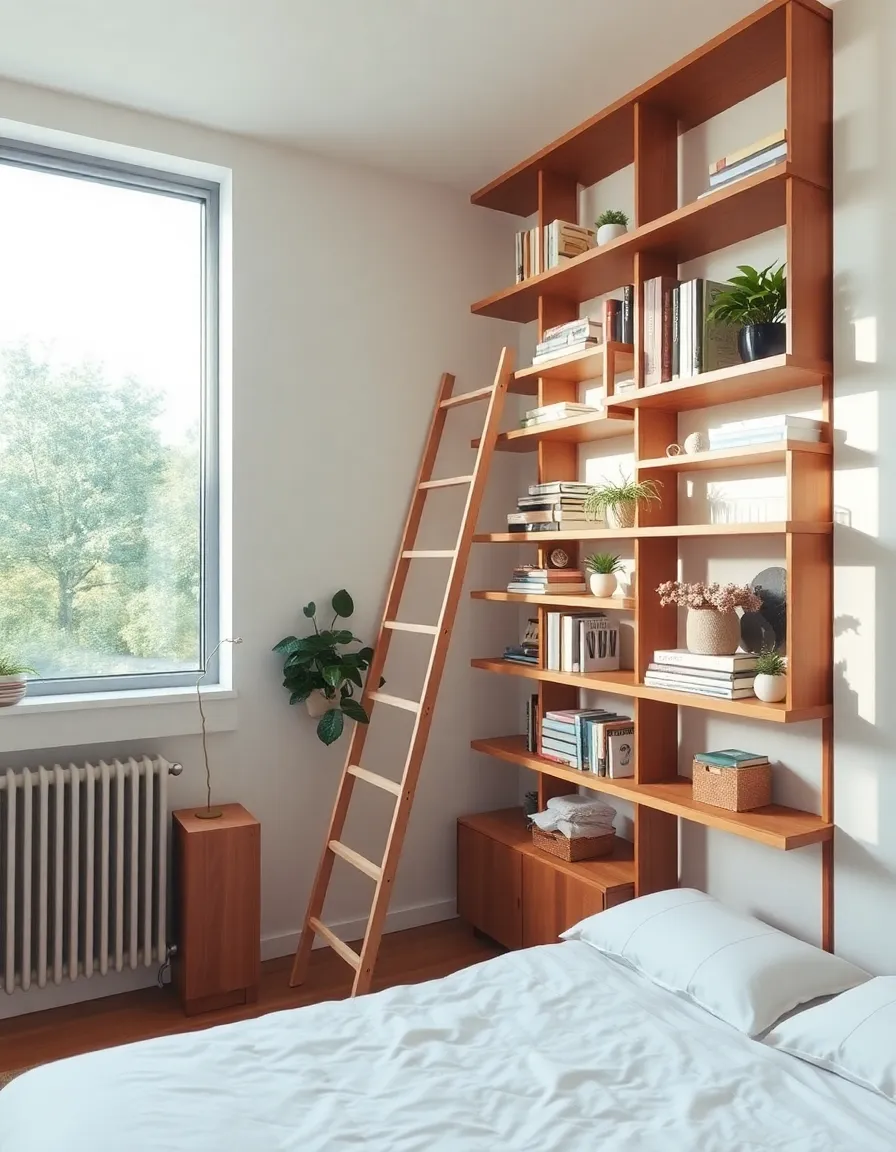
2. Opt for a Loft Bed
If you’re really tight on space, a loft bed is basically magic. It frees up the area underneath for a desk, a cozy reading nook, or even extra storage. Plus, who doesn’t feel a little nostalgic about sleeping up high like it’s a childhood fort?
Just make sure you measure your ceiling height first—unless you enjoy waking up with a concussion. IKEA and other retailers have some great space-saving loft beds that don’t require an engineering degree to assemble (mostly).

3. Choose a Bed with Built-In Storage
Beds take up the most room, so why not make them multitask? Storage beds—whether with drawers underneath or lift-up compartments—are a lifesaver for stashing extra linens, clothes, or that random junk you swear you’ll organize someday.
My current bed has drawers, and let me tell you, it’s the only reason my room isn’t a disaster zone. **Pro tip:** If you’re DIY-inclined, you can even add under-bed storage bins to a standard frame. Out of sight, out of mind, right?
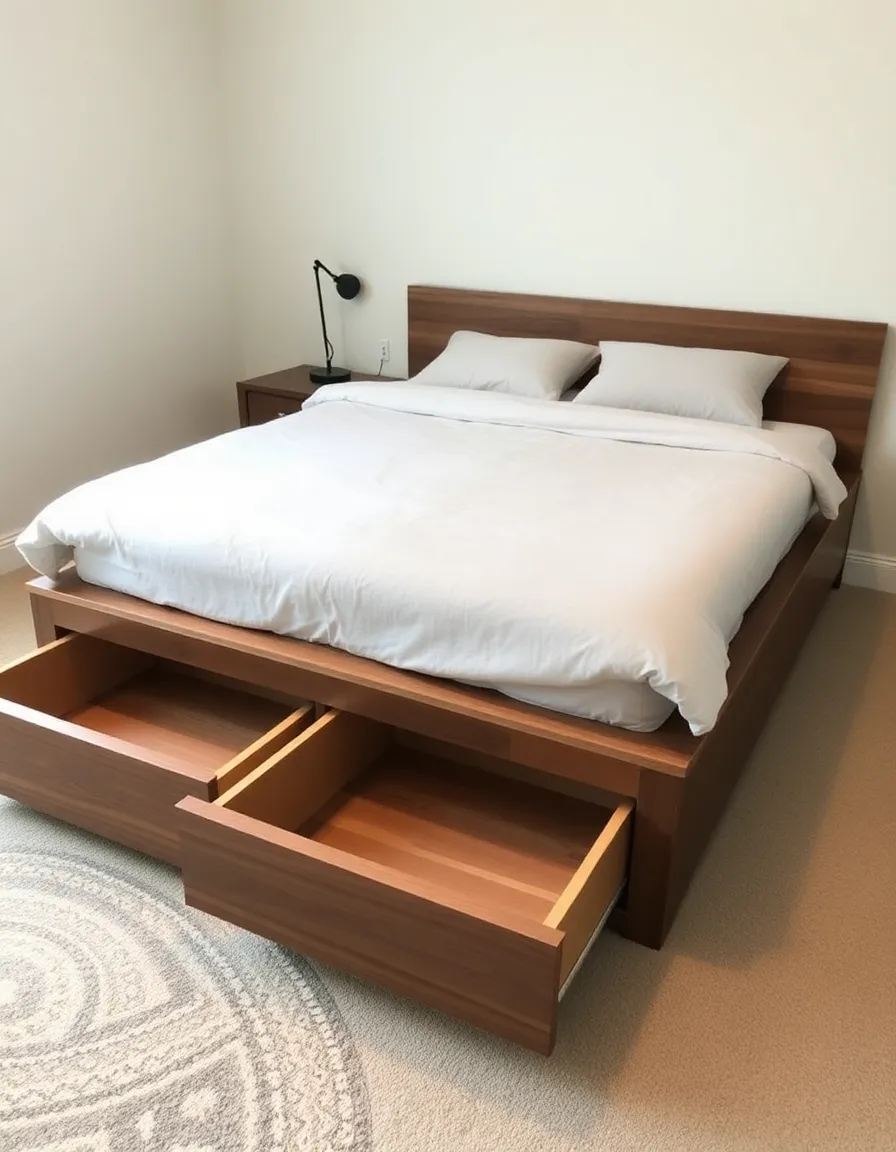
4. Use Mirrors to Create Illusion of Space
Mirrors are the oldest trick in the book, but they work. A large mirror (or a few strategically placed ones) reflects light and makes the room feel twice as big. Go for a full-length mirror leaning against a wall or a decorative one above a dresser.
I once put a mirror opposite my window, and suddenly my shoebox bedroom felt like a loft. Okay, maybe not *that* dramatic, but it definitely helped. Just avoid the funhouse effect—no one needs seven reflections of their morning bedhead.
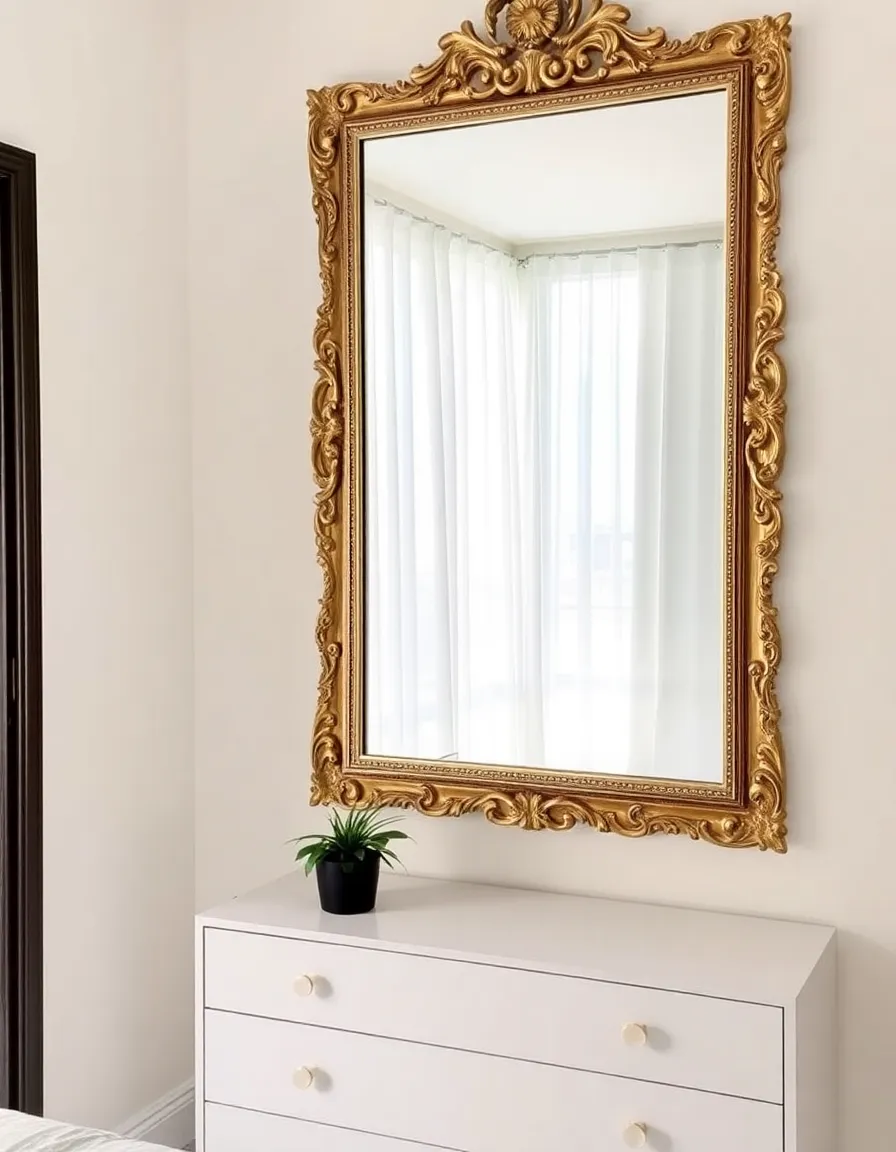
5. Keep It Light and Bright
Dark colors might feel cozy, but they also make a room feel smaller. Light, neutral tones—think whites, soft grays, or pastels—open up the space and keep it airy. If you love bold colors, use them as accents (pillows, art, etc.) instead of wall-to-wall drama.
My first apartment had dark navy walls, and while it looked cool in photos, living in it felt like being inside a closet. **Trust me**, lighter shades are your friend in a small room.
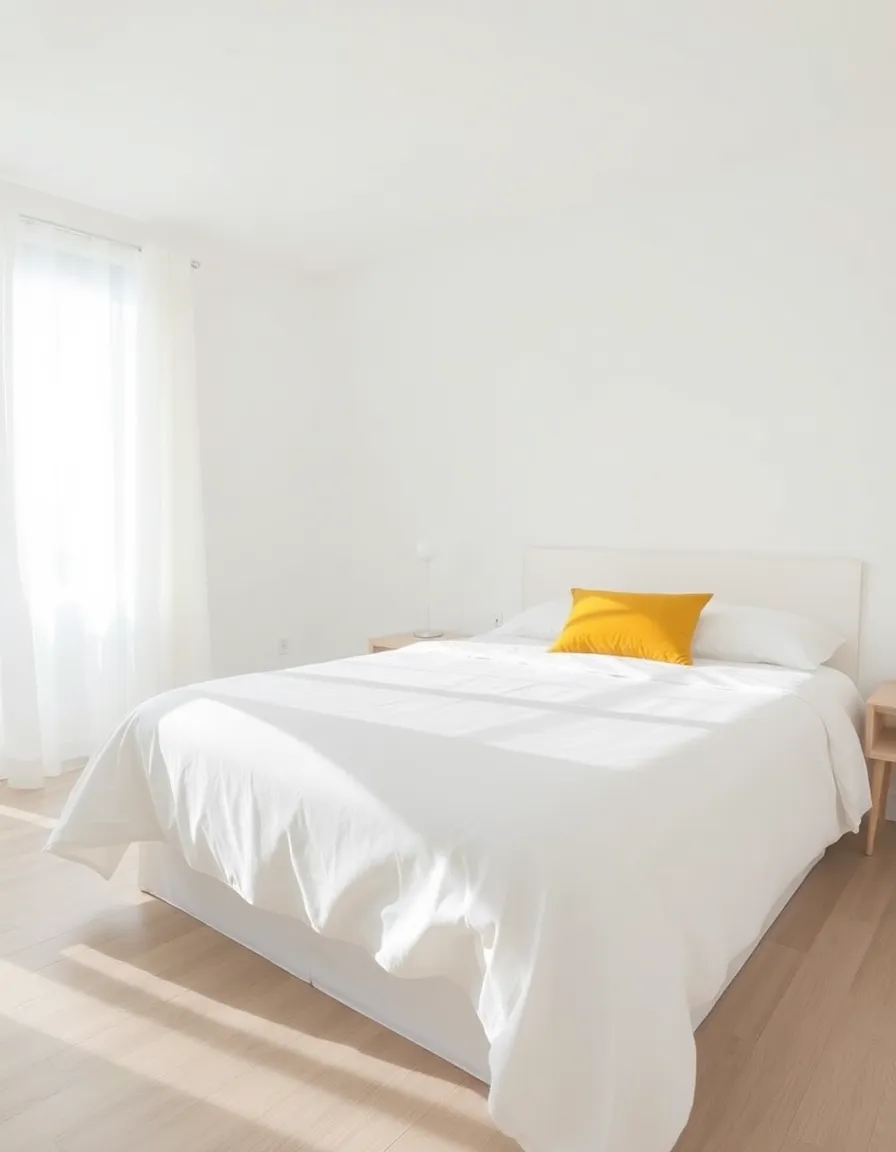
6. Foldable or Multi-Functional Furniture
Why have a bulky desk or dining table when you can fold it away? Foldable furniture is perfect for small sleeping rooms because it disappears when you don’t need it. Think wall-mounted drop-leaf tables, folding chairs, or even a Murphy bed if you’re really committed.
I had a fold-down desk in my last place, and it was a game-changer for my work-from-home setup. **Bonus:** It also forced me to keep my workspace tidy—no more piles of “I’ll deal with this later” papers.

7. Use Curtains to Divide Spaces
If your sleeping room doubles as a living area or home office, curtains can create a soft separation without permanent walls. A sheer curtain between your bed and desk keeps things feeling open while giving you a little privacy.
I tried this in a studio apartment, and it made the space feel way more intentional. Plus, it’s cheaper (and renter-friendly) compared to building an actual divider.
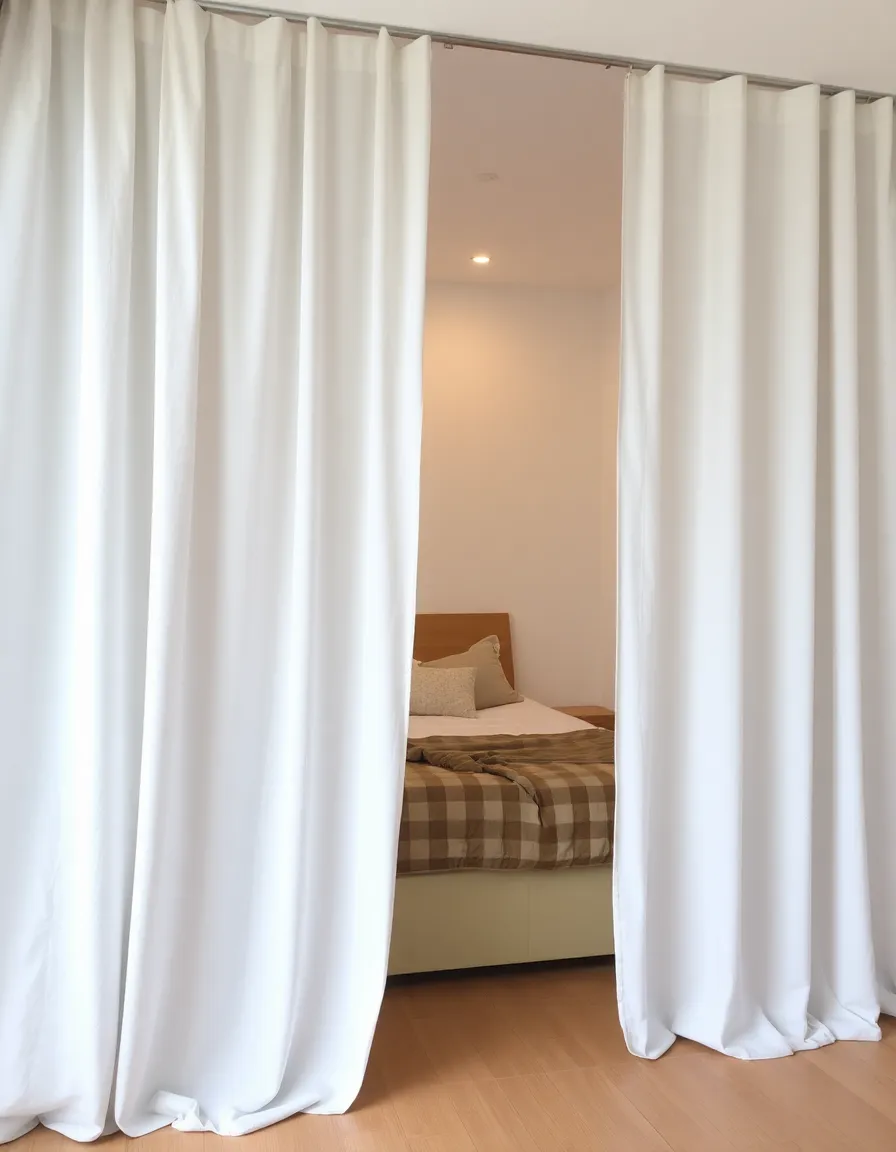
8. Opt for a Daybed or Sofa Bed
Daybeds are the ultimate small-space heroes. They function as a couch during the day and a bed at night—no awkward futon vibes required. If you occasionally have guests, a sofa bed is another great option (just don’t skimp on mattress quality—your back will thank you).
I swapped my traditional bed for a daybed last year, and now my room feels like a chic lounge. **FYI**, tufted designs add a luxe touch without breaking the bank.
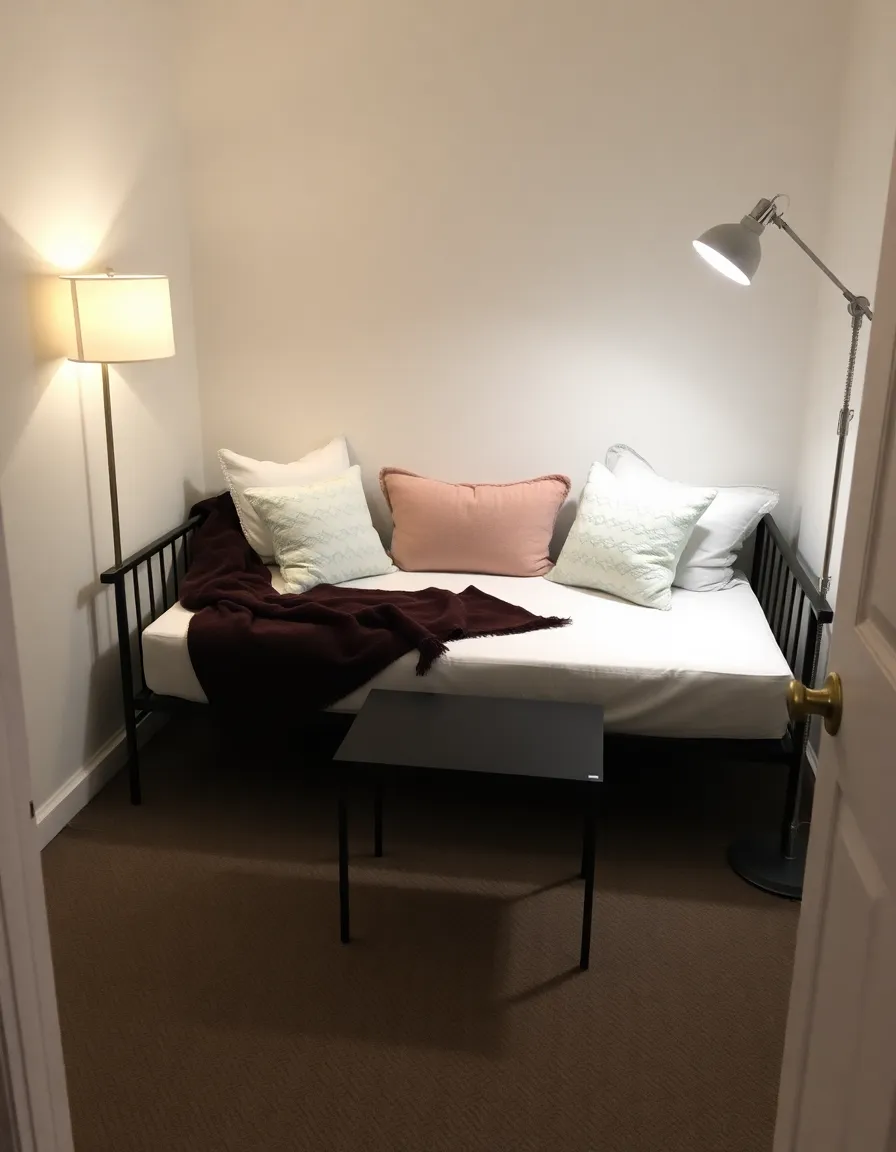
9. Hang Floating Nightstands
Bulky nightstands eat up space fast. Instead, opt for floating shelves or wall-mounted mini tables beside your bed. They hold your essentials (phone, book, water bottle) without hogging precious floor space.
I installed a floating nightstand last month, and it’s surprisingly sturdy—no midnight crashes yet. **Pro move:** Add a tiny hook underneath for your charging cable to keep things neat.
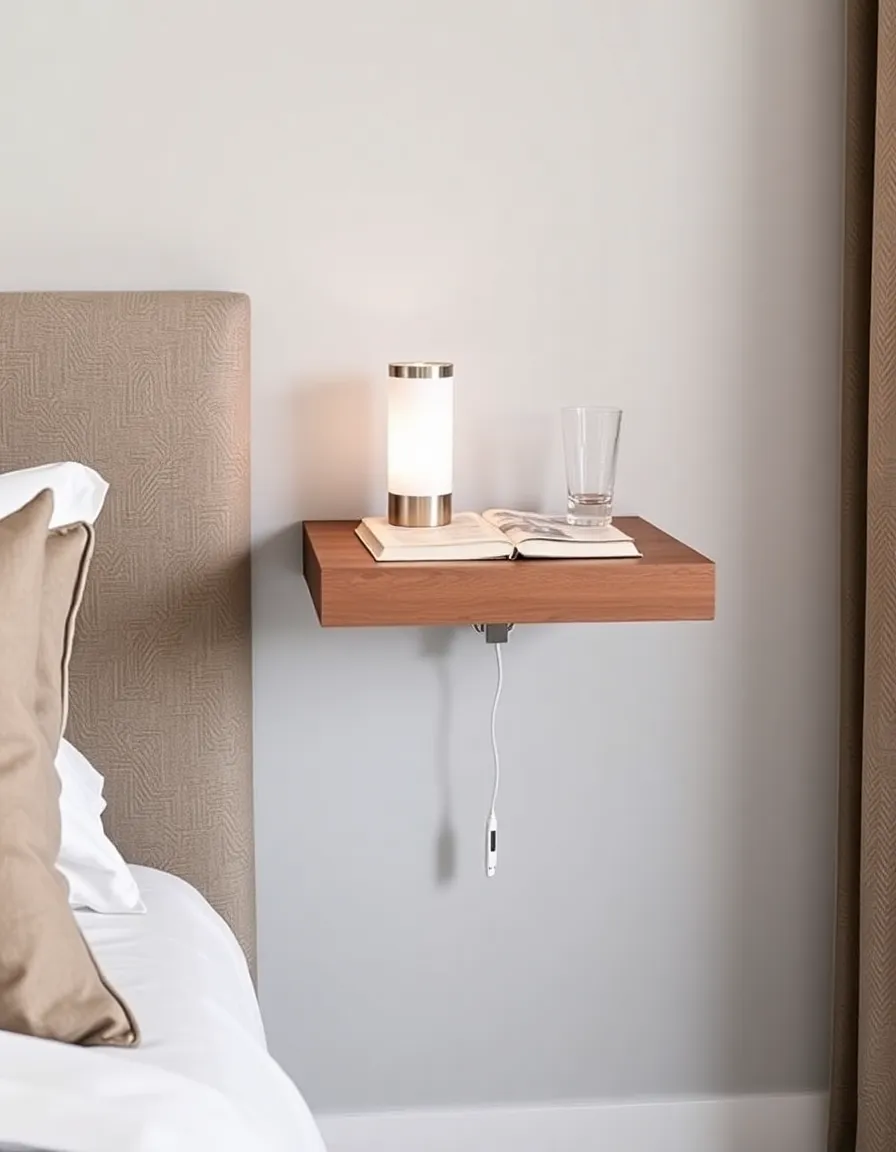
10. Stick to a Minimalist Approach
Less is more in a small sleeping room. Avoid overcrowding with too much furniture or decor—stick to the essentials and keep surfaces clear. A clutter-free room automatically feels bigger and more relaxing.
I know, I know—easier said than done. But every time I declutter, I’m shocked at how much better my room feels. **Start small:** Clear off your nightstand and see the difference.

11. Use Under-Bed Lighting
Overhead lighting can feel harsh in a small space. Instead, try LED strips or small lamps under your bed for a soft glow. It creates ambiance and makes the room feel larger by highlighting the floor space.
I added warm white LED strips under my bed, and now my room feels like a high-end hotel at night. **No regrets.**

12. Pick a Transparent or Glass Furniture
Acrylic or glass furniture (like chairs, desks, or side tables) keeps the room feeling open because they don’t visually block space. It’s a sneaky way to add function without the bulk.
I was skeptical until I swapped my wooden desk for a clear acrylic one—suddenly, my room felt way less cramped. **Mind. Blown.**
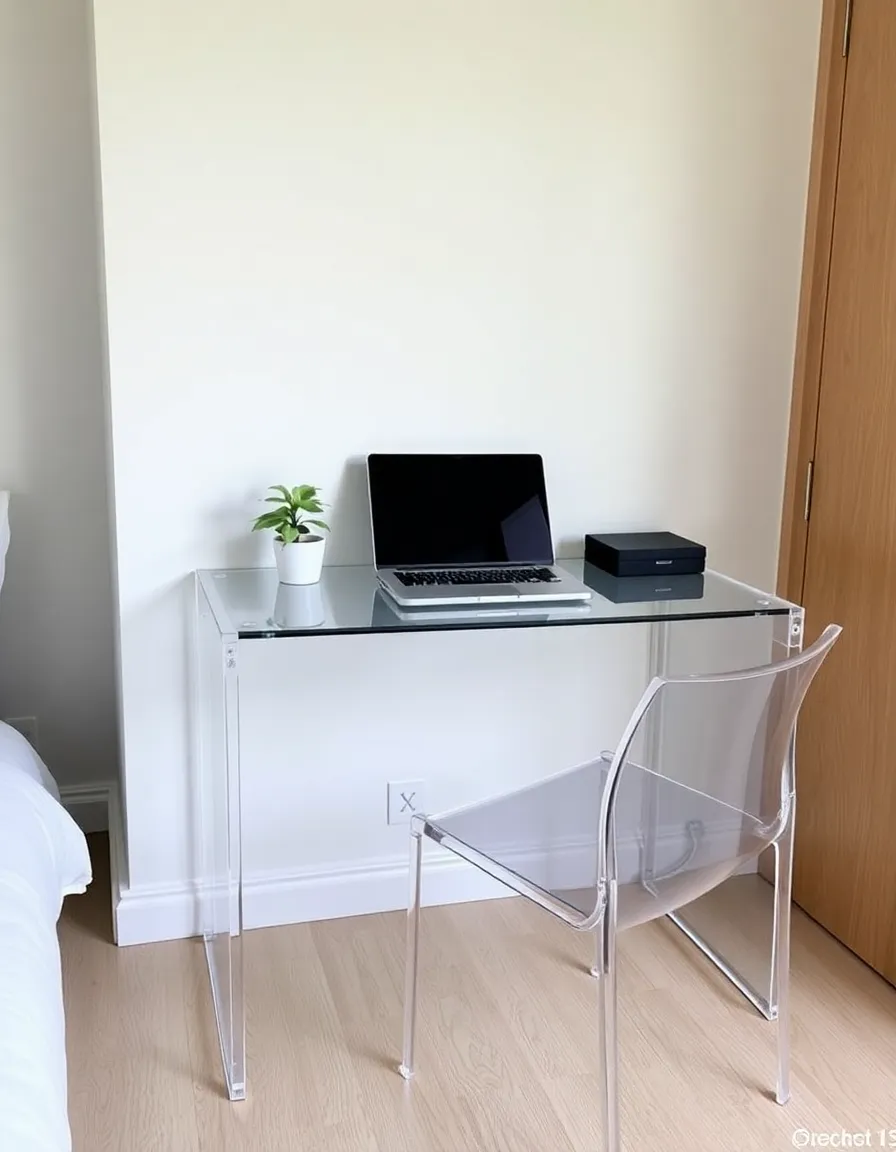
13. Incorporate Hidden Storage Solutions
Get creative with storage—think ottomans with compartments, hollow benches, or even storage headboards. Every piece of furniture should pull double duty in a small room.
My storage ottoman is my favorite thing—it holds blankets, shoes, and random stuff while serving as extra seating. **Genius.**
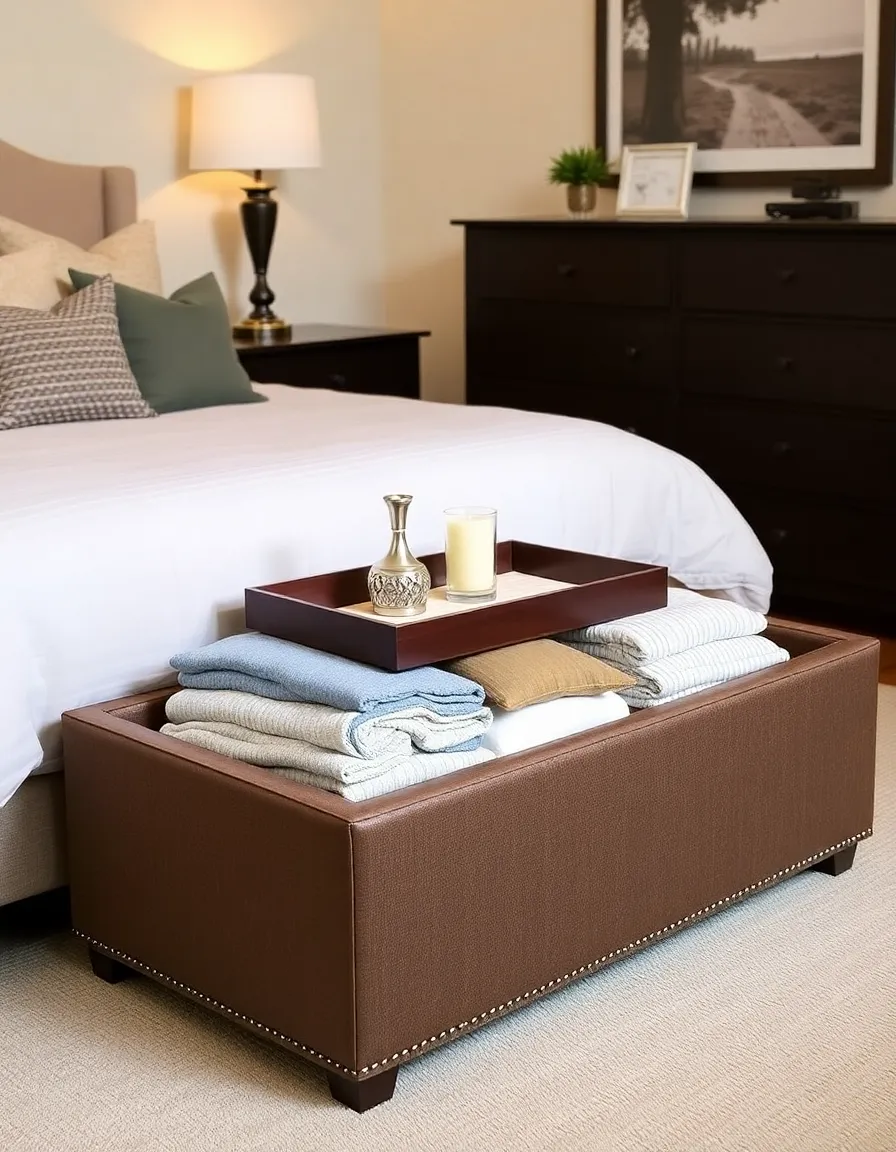
So there you have it—13 ways to make your small sleeping room feel bigger, comfier, and way more stylish. The key? **Be intentional with every inch.** Whether you go vertical with storage, embrace multi-functional furniture, or just declutter like your sanity depends on it (because it kinda does), these tweaks will transform your space.
Now, which idea are you trying first? Or do you have a small-space hack I missed? Drop it in the comments—I’m always looking for new ways to outsmart tiny rooms. Happy decorating!

